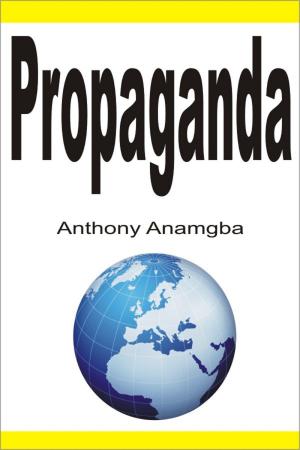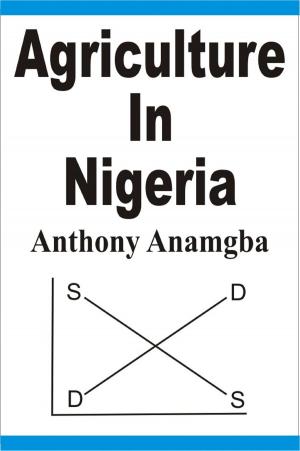| Author: | Anthony Anamgba | ISBN: | 9781370288106 |
| Publisher: | Anthony Anamgba | Publication: | March 14, 2017 |
| Imprint: | Smashwords Edition | Language: | English |
| Author: | Anthony Anamgba |
| ISBN: | 9781370288106 |
| Publisher: | Anthony Anamgba |
| Publication: | March 14, 2017 |
| Imprint: | Smashwords Edition |
| Language: | English |
Foreign trade is the buying and selling of goods and services between two or more countries.
It is in this lucid manner that this book will teach you foreign trade.
It clearly explains the reasons for engaging in foreign trade. It identifies the distinctive merits and demerits of engaging in foreign trade. It points out the problems of engaging in foreign trade.
It analyzes the divisions of foreign trade. They include the import trade, export trade and entrepot trade.
It appraises the terms of trade and the balance of trade. It throws light on how to measure the terms of trade and the balance of trade.
It evaluates the balance of payments. It shows when there is a credit or deficit balance of payments. It points out how to correct a balance of payments deficit.
It clearly explains the documents used for engaging in foreign trade. They include the indent, shipping note, calling forward notice, freight note, bill of lading, consular invoice, certificate of origin and bill of exchange.
It analyzes the measures used for restricting imports like the import duties, export duties, import licence, import quota, embargo, devaluation and foreign exchange control.
It appraises the measures used for encouraging exports like the trade fair, subsidy, tax holiday, export intelligence unit, devaluation, export free zone and trade agreement between countries.
And it discusses the third branch of trade called the entrepot trade. It throws light on how to engage in the entrepot trade.
Foreign trade is the buying and selling of goods and services between two or more countries.
It is in this lucid manner that this book will teach you foreign trade.
It clearly explains the reasons for engaging in foreign trade. It identifies the distinctive merits and demerits of engaging in foreign trade. It points out the problems of engaging in foreign trade.
It analyzes the divisions of foreign trade. They include the import trade, export trade and entrepot trade.
It appraises the terms of trade and the balance of trade. It throws light on how to measure the terms of trade and the balance of trade.
It evaluates the balance of payments. It shows when there is a credit or deficit balance of payments. It points out how to correct a balance of payments deficit.
It clearly explains the documents used for engaging in foreign trade. They include the indent, shipping note, calling forward notice, freight note, bill of lading, consular invoice, certificate of origin and bill of exchange.
It analyzes the measures used for restricting imports like the import duties, export duties, import licence, import quota, embargo, devaluation and foreign exchange control.
It appraises the measures used for encouraging exports like the trade fair, subsidy, tax holiday, export intelligence unit, devaluation, export free zone and trade agreement between countries.
And it discusses the third branch of trade called the entrepot trade. It throws light on how to engage in the entrepot trade.















